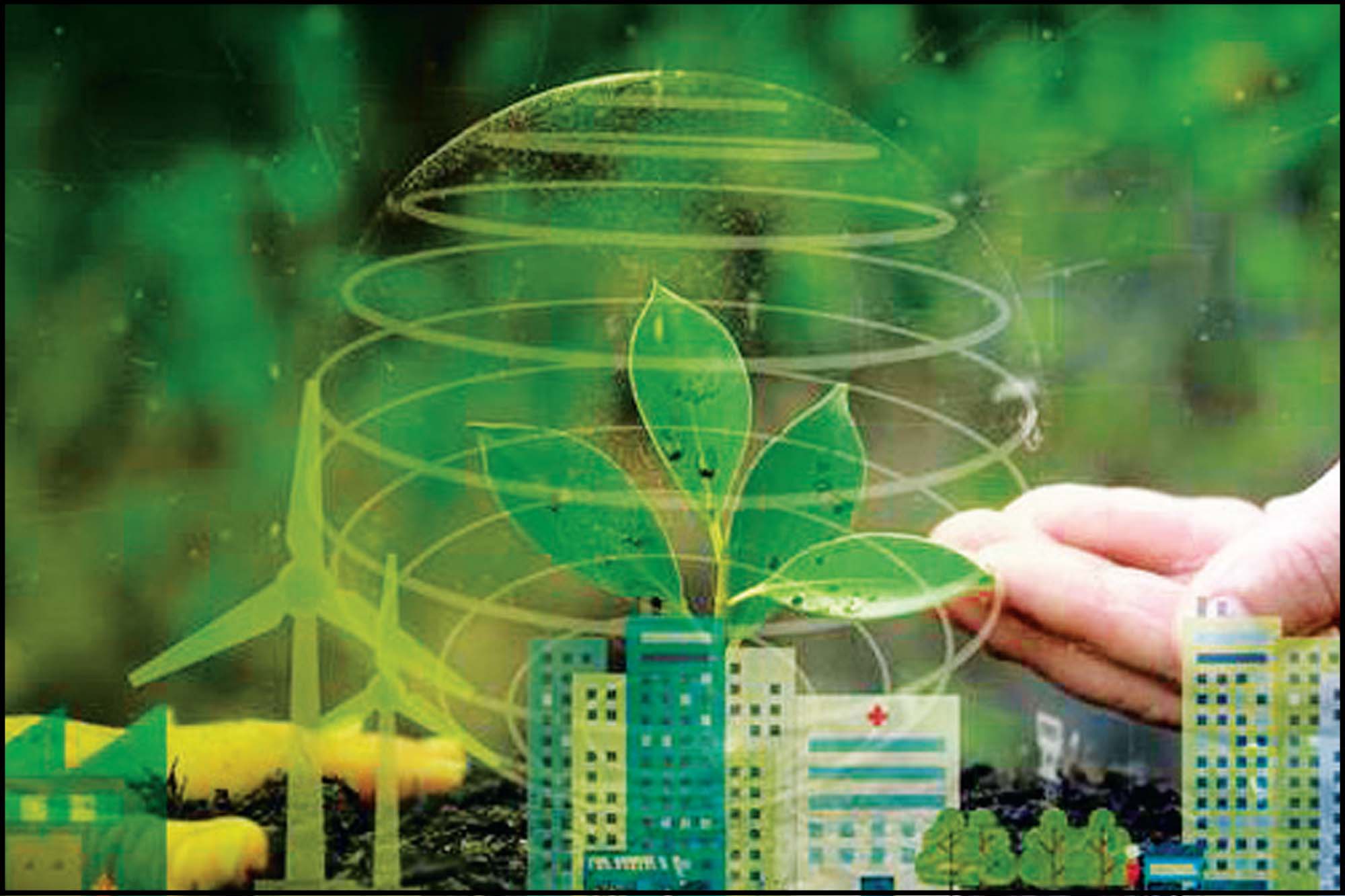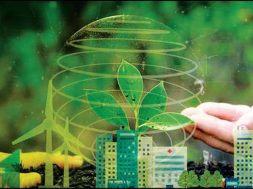The rise of sustainable construction in India

In the sustainable construction market, innovation meets responsibility, paving the way for a greener tomorrow where eco-friendly solutions drive efficiency and sustainability.
Despite initial cost challenges, the integration of smart building technologies enhances energy efficiency and occupant comfort. This poses a balancing act for developers and building owners striving to meet sustainability goals within budget constraints.
The Sustainable Construction market embodies a fundamental shift towards eco-friendly, resource-efficient, and socially responsible building practices to minimise environmental impact and promote long-term sustainability. Sustainable construction encompasses a holistic approach to building design, materials selection, construction methods, and operational practices, focusing on reducing energy consumption, conserving natural resources, and enhancing occupant health and well-being. As global awareness of environmental issues grows and regulations tighten, the Sustainable Construction market emerges as a pivotal sector driving innovation and transformation within the construction industry. The global sustainable construction market is forecast to expand at a CAGR of 8.6 percent and thereby increase from an expected value of US$538.6 billion in 2024 to US$959.6 billion by the end of 2031, per the report published by Persistence Market Research.
Increasing environmental awareness and regulatory pressures are driving market expansion in sustainable construction. Governments worldwide are enacting stricter building codes and sustainability regulations to address climate change, resource depletion, and pollution concerns. Construction companies, developers, and building owners prioritise sustainable practices to comply with regulations, mitigate environmental risks, and demonstrate corporate social responsibility.
Green Building practices
The sustainable construction market is evolving rapidly due to growing environmental concerns and stricter regulations, driving a preference for eco-friendly, energy-efficient building solutions globally. This trend creates opportunities for innovation, particularly in meeting the rising demand for energy-efficient materials and technologies such as recycled steel, low-emission concrete, LED lighting, and solar panels. Manufacturers can capitalise on this by aligning with green building certifications like LEED and BREEAM, while also innovating construction methods to minimise waste and optimise resource use, including prefabrication, modular construction, and digital technologies like Building Information Modelling (BIM).
Market trends
One prevailing trend in sustainable construction is adopting green building certification programs and standards. Leading certification systems such as LEED (Leadership in Energy and Environmental Design), BREEAM (Building Research Establishment Environmental Assessment Method), and WELL Building Standard provide frameworks for assessing and certifying the sustainability performance of buildings based on criteria such as energy efficiency, water conservation, indoor air quality, and occupant comfort. Developers, architects, and contractors are increasingly pursuing green building certifications to demonstrate environmental stewardship and differentiate their projects in the market.
Another notable trend is integrating renewable energy systems and energy-efficient technologies into sustainable construction projects. Solar panels, wind turbines, geothermal heat pumps, and energy-efficient HVAC (heating, ventilation, and air conditioning) systems are commonly incorporated into green buildings to reduce reliance on fossil fuels, minimise greenhouse gas emissions, and achieve net-zero or positive energy performance. Integrating smart building technologies, such as energy management systems and building automation, further enhances energy efficiency and occupant comfort in sustainable buildings.
Market challenges
Despite the positive trends, the sustainable construction market faces challenges related to cost competitiveness, supply chain sustainability, and regulatory compliance. Implementing sustainable building practices and technologies may involve higher upfront costs than conventional construction methods, posing challenges for developers and building owners seeking to balance sustainability objectives with budget constraints. Overcoming cost barriers requires innovative financing mechanisms, incentives, and lifecycle cost analysis to demonstrate the long-term economic benefits of green building investments.
Furthermore, ensuring the sustainability of construction materials and supply chains is essential to achieving overall project sustainability goals. Sustainable construction projects require carefully selecting materials with low environmental impact, recycled content, and certifications such as Cradle to Cradle (C2C) or Forest Stewardship Council (FSC) to ensure responsible sourcing and production practices. Collaborating with suppliers, manufacturers, and contractors committed to sustainability principles is critical to addressing supply chain challenges and promoting circular economy principles in the construction industry.
Latest developments
Recent developments in the sustainable construction market focus on innovation, resilience, and circularity. Manufacturers and technology providers are investing in research and development to introduce advanced building materials, prefabrication techniques, and modular construction solutions that enhance sustainability performance and construction efficiency. Innovations such as biodegradable building materials, 3D printing, and off-site construction methods enable faster, more cost-effective, and environmentally friendly building processes.
Moreover, there is a growing emphasis on resilience and adaptive design principles in sustainable construction projects to mitigate the impacts of climate change and natural disasters. Resilient building strategies, such as passive design, green roofs, rainwater harvesting, and natural ventilation, enhance building durability, energy efficiency, and occupant safety in extreme weather events, heat waves, and flooding. Integrating resilience measures into sustainable construction practices enhances project longevity and community resilience, contributing to sustainable development goals.
For more details visit: https://www.persistencemarketresearch.com/market-research/sustainable-construction-market.asp
Cookie Consent
We use cookies to personalize your experience. By continuing to visit this website you agree to our Terms & Conditions, Privacy Policy and Cookie Policy.






